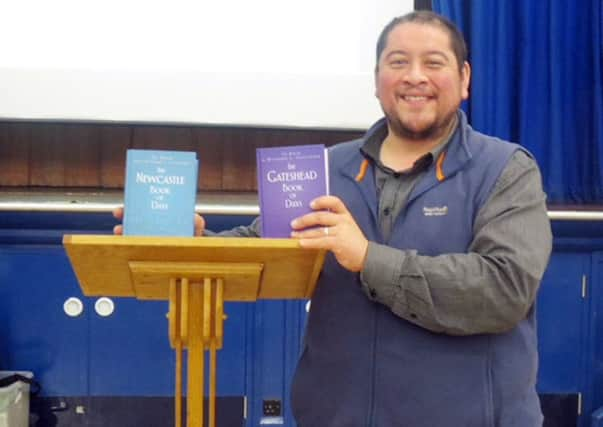Rothbury, History Society


Members thoroughly enjoyed the lively talk, which was illustrated with contemporary comment and drawings.
He described a quayside which saw bustling, noisy life influenced by all the activities associated with a busy port, coupled with the development of industry. The seven characters he discussed reflected that period.
Advertisement
Hide AdAdvertisement
Hide AdThe quayside was immensely significant in terms of business and employment, representing the whole gamut of society going about their daily lives. There were rich merchants, bankers, master mariners, ship owners next to doss houses and ramshackle homes where industrial activity was in full swing. Sailors frequented the quayside as cargo ships delivered and took on board wares. It was a busy, noisy, chaotic area.
Within this setting, very different individuals were described and provided colour to the local history. One was Dr James Oliphant, who lived on the old medieval bridge. At that time it provided houses for the wealthy and opportunities for sellers. There were four story buildings positioned over an arch in the bridge. The doctor had a cellar which opened directly above the river, and he used this device to sell cheap potions and ointments to those on boats in order to avoid taxation. A maid was found dead in his cellar, and although he was accused of her murder and it went to trial, he was found not guilty. He later wrote a book protesting his innocence. In 1771 floods washed away the bridge. He survived and returned to his native Scotland.
Another character was John Scott, who became Lord Elsdon, and whose father was a wealthy coal merchant. He was one of 13 children of whom six survived. He was destined for the church, but in 1772 eloped with Betty Surtees, from the house of another influential merchant who lived in the prestigious area of Sandhill on the quayside. This was to the fury of both families. He then trained as a solicitor and eventually became Lord Chancellor. He wielded much influence in resisting religious freedom, abolition of slavery and universal suffrage. He supported the Corn Laws, keeping profits and political power high for the wealthy landowners and raised food prices.
Mary Hymers lived in Gateshead and in 1832 was the first recorded case of cholera.
Advertisement
Hide AdAdvertisement
Hide AdJack Thorburn had demonstrated the use of a newly created hydraulic crane to a Liverpool dock owner who then purchased the first cranes which funded the start of the Elswick works for William George Armstrong in 1847.
The last character was Tommy Ferens, born in 1841. He was a miner’s son, blind and partially paralysed, orphaned by the age of five.
In describing such individuals, all of whom were connected with quayside life, the talk reflected the impact of the social and economic times on society and demonstrated the changing fortunes of the area.
The next meeting will be on Friday, April 20, 7pm for 7.30pm in Rothbury Jubliee Hall. The speaker will be Anthony Atkins and the topic will be “Mary Eleanor Bowes – The greatest heiress of the North.”